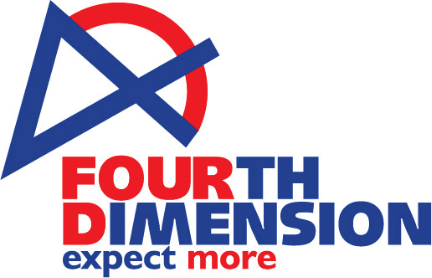Backup Simplified: Understanding and Implementing Backup as a Service
Backup & Disaster Recovery
A subscription-based method of data backup is called Backup as a Service (BaaS). It sets you free from the responsibility of backing up your systems, so you can focus on business crucial activities, as it is a fully managed service. It is crucial to you backup your data, and BaaS is the easiest, safest, and most economical option to do it.
What is backup as a service (BaaS)?
Backup as a service (BaaS), often known as cloud backup or online backup, is a type of backup that is provided by a third party.
It allows data to be remotely stored in the cloud while the service provider manages and provides the infrastructure, software, and support services required for backup and recovery.
Data might encompass files, images, application workloads, and data sets. The customer needs to decide how frequently backups occur.
Why is backup as a service important?
As per research, 40–60% of small enterprises won't operate after data loss. Data loss can result from any of the following situations:
- user error
- a malicious attack
- unauthorized access or breach
- incomplete data sync
- incompatible software
- power outages
- natural disasters
BaaS is an affordable solution that helps businesses enhance cyber security, comply with regulations, and avoid accidental data loss.
What are the advantages of Backup as a service?
Benefits of Backup as a service includes:
- It decreases downtime and boosts production.
- It simplifies data management and helps you get rid of time-consuming infrastructure silos.
- By adding several layers of redundancy, it also facilitates data recovery.
- Your employees can easily access company data from any device.
- You can upgrade seamlessly and remove capital expenditures with subscription-based pricing.
What are the types of backup?
There are 3 common types of backups. They are:
1. Full Backup:
- A full backup involves copying all selected data and files in a system.
- It creates a complete copy of the entire dataset.
- While full backup provides a complete backup, it can be time-consuming and requires significant storage space
2. Differential Backup:
- Incremental backups only save the data that has changed since the last backup, whether it's a full backup or an incremental backup.
- It helps in reducing storage requirements and backup time compared to full backups.
- However, restoring from incremental backups is a complex process
3. Incremental Backup:
- Differential backups save all changes made since the last full backup.
- Unlike incremental backups, they do not only capture changes since the last backup.
- Instead, they capture changes since the last full backup.
- While faster than full backups, they may require more storage than incremental backups.
How to choose the right backup strategy for your organization
The best backup strategy for you will depend on your circumstances. By asking yourself a few key questions, you can assess your current condition.
- To what extent are you backing up data?
- To what extent is your organization able to commit time to this process?
- In the event of a disaster, how rapidly will you need to retrieve lost data?
- Which operating system or systems, as well as which software, does your company use?
How can Fourth Dimension Technologies help?
Having a backup solution that is customized to your business's operations is the best course of action you can take to safeguard your data. Fourth Dimension Technologies is one of the most trustworthy managed service providers. Our backup solutions are safe and quickly restore your online presence in the event of an emergency. Our BaaS provides flexibility that supports the expansion of your company. Contact us here to know the right backup strategy for your organization.
